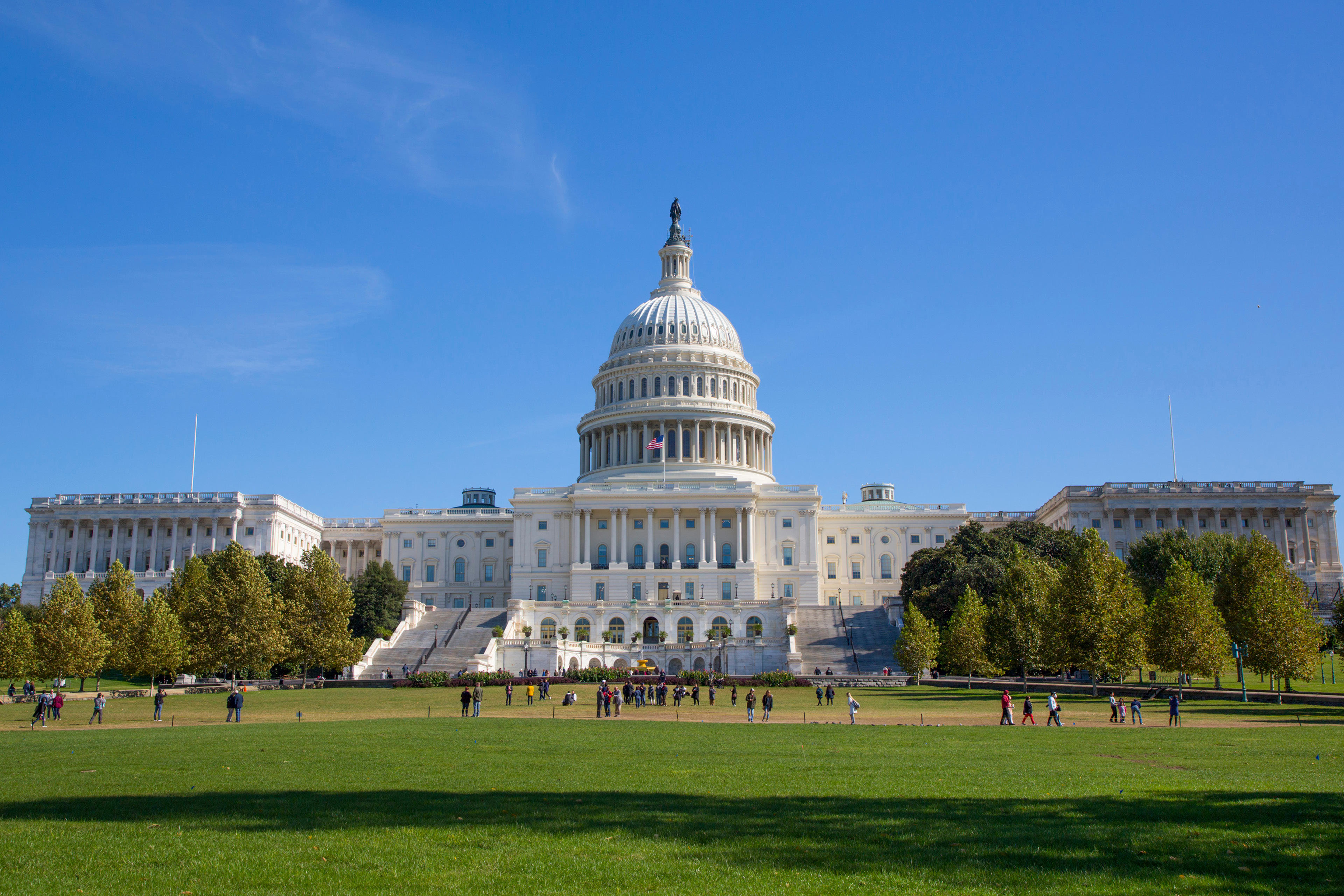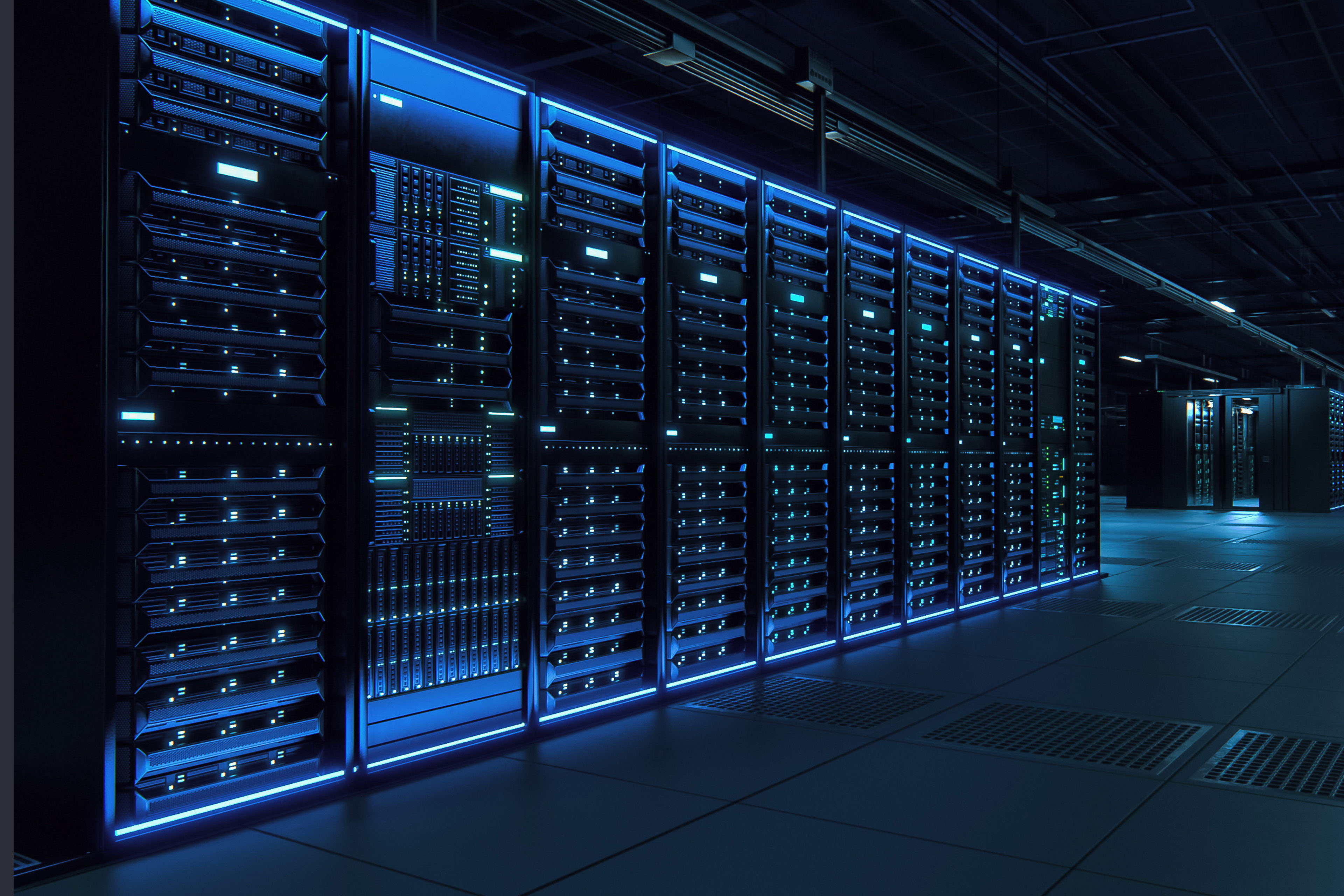P&U companies are increasingly integrating customer experience at the heart of their priorities, focusing across residential customers, small and medium-size businesses, and larger commercial and industrial customers. There is a growing importance on maximizing the ROI of customer initiatives to capture load-growth opportunities, maintain affordability and balance investments with the significant capital commitments many utilities are making.
Capturing load-growth opportunities, enabling local economic development and maintaining overall energy affordability while delivering great customer experience is critical for regulated utilities. EY research shows that two-thirds of US consumers report feeling squeezed by higher energy costs and are unable to absorb a 10% increase in their bill. Meanwhile significant weather and emergency disruptions are putting a spotlight on critical gaps in today’s energy experience.
Customer experience is an important component of utility rate cases. In fact, a number of utilities have had their rate cases fully or partially disallowed based on challenges related to reliability, resiliency or customer service.
Threading the needle on affordability, load growth and higher customer satisfaction can be tricky, but the following five focus areas are worth considering:
1. Start with the invoice experience
By redesigning the end-to-end billing and payment journey and integrating digital invoicing with expanded payment options, utilities can simplify the most frequent customer interaction and build engagement.
2. Reinvent CX with new technology
Many utilities are struggling with aging and inefficient systems, particularly their back-office enterprise resource planning (ERP) and customer information system (CIS) platforms. Utilities have historically tried to extend the lives of these technology solutions, often clinging to customized, but stagnant systems. However, the leap to the cloud, evolution of customer systems and emergence of new platform options and generative AI (GenAI) are prompting opportunities to reimagine the customer operating model and capabilities. With this, utilities can consider moving beyond initial implementation to leveraging technology to drive reimagining of the customer and employee energy experience.
3. Drive digital first value
By enhancing self-service and digital employee enablement capabilities, including artificial intelligence (AI), GenAI, robotic process automation (RPA) and other traditional digital areas, P&U providers can drive lower cost and better employee and customer experiences. A critical component of this is using customer effort score (CES) as a key metric, with a management focus on eliminating dissatisfiers and reducing operating costs by process and journey. Further, the integration and benefits of advance metering infrastructure (AMI)/smart meters extend across operations, enhancing the customer and operations experience.
4. Take a customer-led view of grid management
Optimizing the grid — including driving electrification and enabling energy flexibility — is critical to how many utilities approach grid modernization, but customer experience is often an afterthought. Fragmented and challenging customer experiences when choosing energy solutions and taking part in energy management programs are increasingly impacting adoption. Utilities can break down silos and streamline areas such as new connections, network planning, energy management, field work and customer service such that work can be performed efficiently, with information available to all employees in a way that best serves the customer.
5. Develop a holistic approach to growth
Many providers are experiencing unprecedented load growth driven by data centers, manufacturing and overall electrification. However, the customer experience for large commercial and industrial customers looking to grow or build capabilities in new geographies is often slow and challenging. Utilities can reinvent the support model with holistic approaches to key account management, economic development, load planning and stakeholder engagement with levels of government to make it easy for businesses to grow, create jobs and drive load growth in ways that are beneficial for all.
Utilities customer organizations are at a unique moment facing pressures around enabling growth, affordability, customer satisfaction, grid reliability and resiliency. It is a perfect storm and a perfect opportunity. Finding win-win customer programs that drive multiple outcomes is key. Investment in customer technology, reinventing the customer operating model and enabling growth presents an opportunity to save on ongoing costs, enable agility and improve both the customer and the employee experience.









